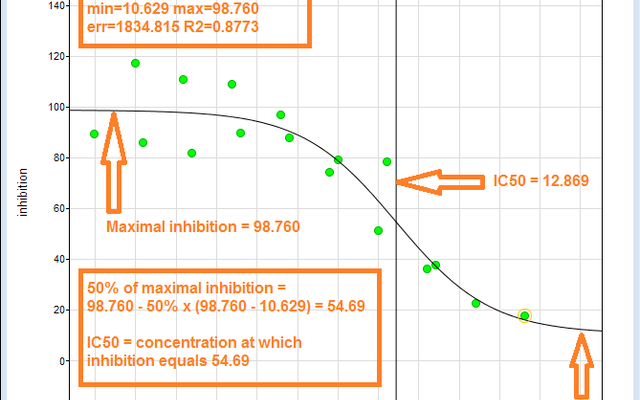How to calculate income tax return

Introduction
Calculating your income tax return isn’t always a simple process, particularly for those who are unfamiliar with the constantly changing tax laws and regulations. However, understanding the basics of how to calculate your tax return can help make the process easier and ensure you receive any refund due promptly. In this article, we will walk you through the necessary steps to calculate your income tax return accurately.
Step 1: Gather Your Financial Information
Before you can begin calculating your income tax return, gather all relevant financial information required for it. This includes:
– Forms W-2 from all your employers.
– Forms 1099 for any additional incomes (interest, dividends, miscellaneous income).
– Any documentation related to deductions and credits you plan to claim (childcare expenses, education costs,
charitable donations, etc.).
Step 2: Determine Your Filing Status
Your filing status determines the tax brackets in which your income will be taxed. The five filing statuses are:
1. Single
2. Married Filing Jointly/Qualifying Widow(er)
3. Married Filing Separately
4. Head of Household
5. Qualifying Widow(er) with Dependent Child
The IRS offers a guide on their website if you need help determining which status is appropriate.
Step 3: Calculate Your Taxable Income
Taxable income is calculated by taking your total income and subtracting various deductions and adjustments allowed by the government. To calculate taxable income:
1. Start by determining your gross income. Combine all forms of income (salary, bonuses, capital gains, dividends) – this should be reported on your W-2 and 1099 forms.
2. Next, subtract any adjustments to income (such as student loan interest or contributions to a traditional IRA). These adjustment amounts will be recorded on Schedule 1 of Form 1040.
3. Calculate the deductions – either standard or itemized. The standard deduction amount varies based on filing status and changes each year. Itemized deductions are reported on Schedule A of Form 1040 and include things like charitable contributions, medical expenses, and mortgage interest.
4. Subtract your deductions from your adjusted gross income to arrive at your taxable income.
Step 4: Determine Your Tax Liability
Once you’ve calculated your taxable income, it’s time to determine your tax liability. To do this, consult the appropriate tax tables or use the IRS tax bracket rates for your filing status. These brackets outline the percentage of tax due based on various income ranges.
Step 5: Calculate Your Tax Credits
Tax credits are amounts that directly reduce your tax liability independent of your income bracket. Common tax credits include:
– Child and Dependent Care Credit
– Earned Income Tax Credit (EITC)
– Education Credits (American Opportunity Tax Credit and Lifetime Learning Credit)
– Saver’s Credit
To determine eligibility for these credits, review the specific criteria provided by the IRS and complete the necessary forms associated with each applicable credit.
Step 6: Calculate Your Refund or Amount Owed
Subtract your total tax credits from your tax liability to find out whether you will receive a refund or owe taxes to the government. If your total credits exceed your tax liability, you will be entitled to a refund for the excess amount. If tax liability exceeds the credits, you’ll need to pay the remaining amount.
Conclusion
By following these steps and paying attention to current legal requirements and documentation, calculating your income tax return can become a more streamlined process. If you’re unsure about any step in this process or need assistance, consider consulting a tax professional or using an online tax preparation software to help minimize errors and maximize any potential refunds.






